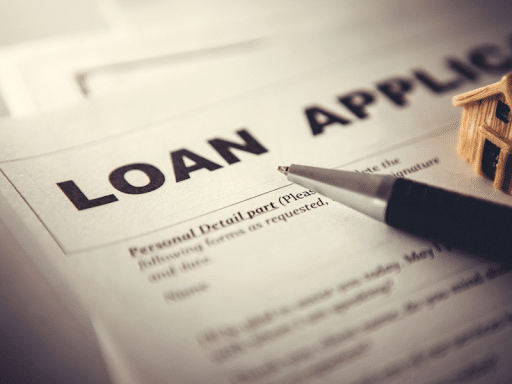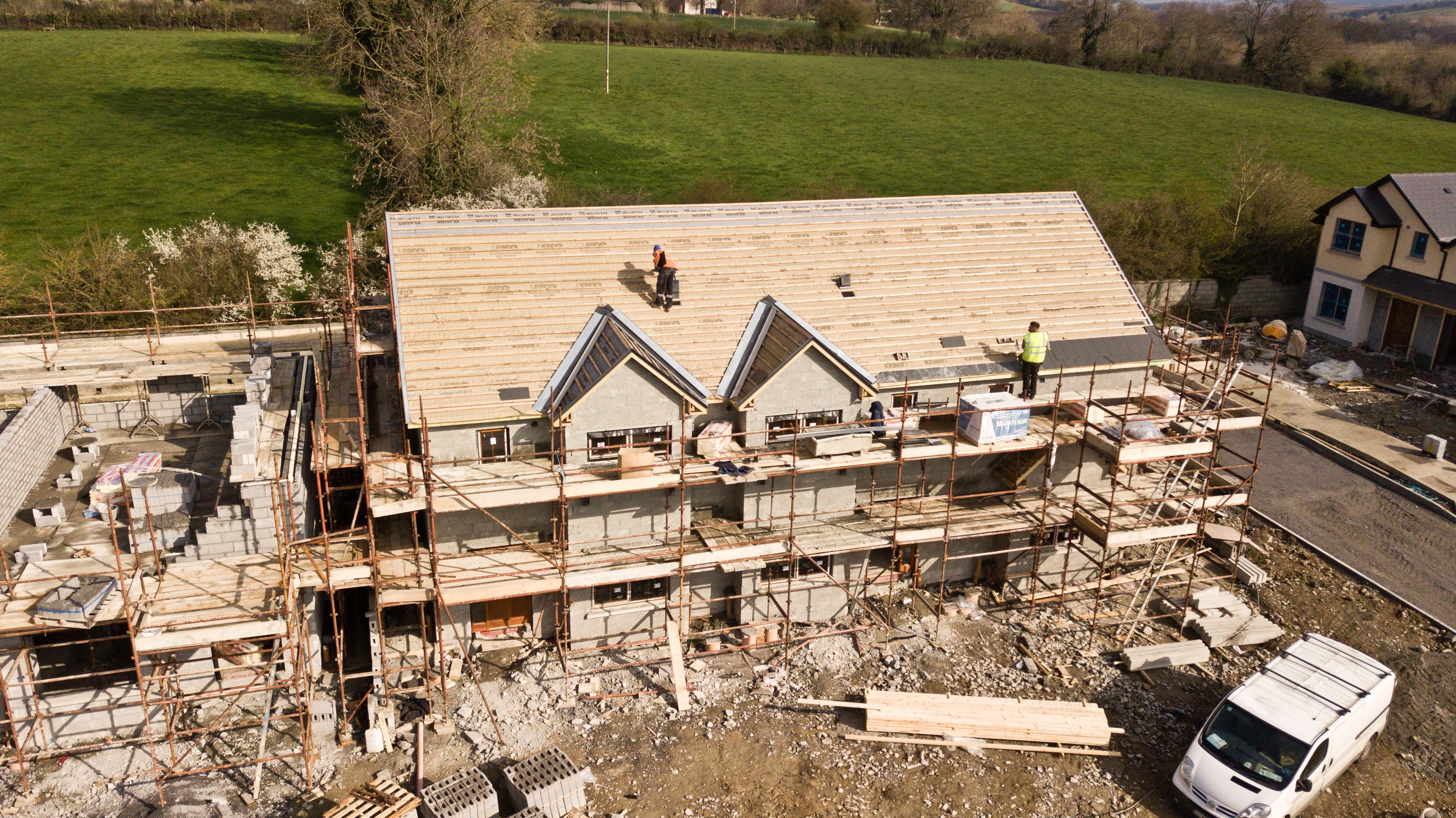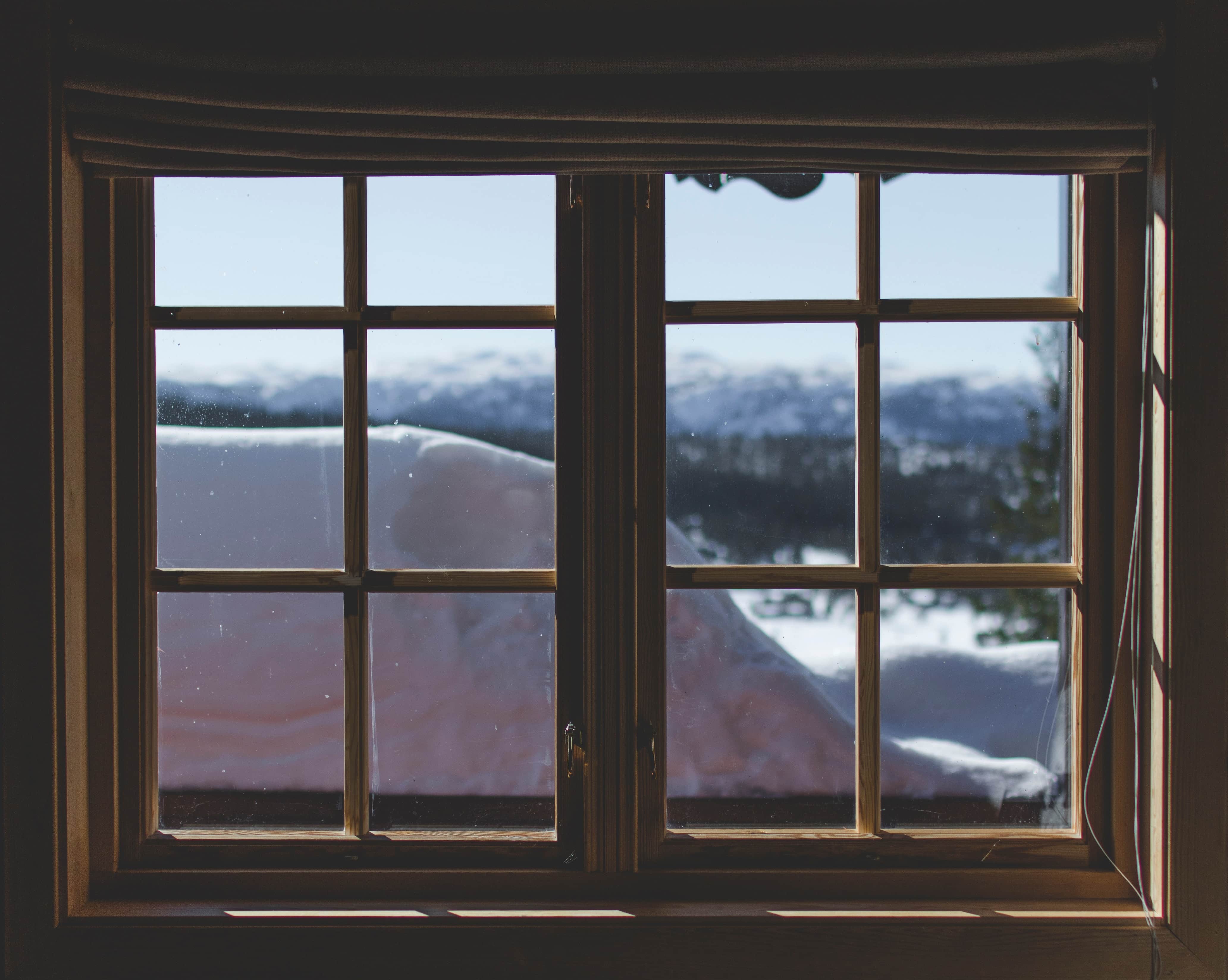Your home’s windows are more than just functional elements; they frame your views, influence energy efficiency, and significantly contribute to the overall aesthetic appeal. As 2024 ushers in a new era of interior design and sustainability, homeowners are more attentive than ever to maximizing these often-underestimated fixtures. If you’re looking to breathe fresh life into your living spaces, consider these top window renovation trends and ideas for the year.
Modern Window Styles
The call for clean, minimalist designs continues to be a strong influencer in the world of architecture and home decor. This trend is highly visible in the rising popularity of large picture windows, devoid of any obstructions, that not only provide a clear, expansive view of the outside world but also invite ample natural sunlight. Such windows, with their simplistic design, instill a sense of spaciousness, making any room feel larger and more open.
On the other end of the spectrum, the allure of expansive sliding windows, deeply rooted in Asian architectural styles, is capturing the imagination of homeowners worldwide. These floor-to-ceiling windows blur the lines between inside and out, allowing homeowners to feel connected with nature, even from the comforts of their living rooms.
Yet, for those who admire a touch of classic elegance, bay and bow windows remain a timeless choice. Apart from adding an architectural edge to exteriors, they create intimate alcoves within homes. Adorn these spaces with cushions, and you’ve got a cozy reading nook, or perhaps, a space for quiet reflection.
Diverse Window Frame Colors
Color, they say, is the pulse of a room. And in 2024, window frames have enthusiastically joined this vibrant dance. Moving beyond the customary white, homeowners are now experimenting with a palette that ranges from earthy to bold. Subdued tones like taupe, beige, and olive green are sought after for their ability to meld seamlessly with nature. They exude an aura of tranquility, making homes feel like sanctuaries.
However, for homes that resonate with contemporary vibes, monochromatic frames in shades of black or deep gray are making a statement. Set against pastel or white walls, they stand out, lending homes a modern, avant-garde feel.
But, of course, the color revolution doesn’t stop at monochromes or earthy hues. Bolder shades like teal, mustard, and coral are elbowing their way into the scene. When used judiciously, these colors can turn windows into standout features, adding a lively character to homes.
Window Types and Innovations
The evolution in window design is not just about aesthetics; it’s also about functionality and environmental responsibility. The perennial debate between double-hung and single-hung windows continues. While double-hung variants offer superior ventilation owing to their dual operational sashes, single-hung windows, being lighter on the wallet, still find many takers.
But a significant stride in window technology is the surge of energy-efficient windows. These are not mere glass fixtures but intelligent installations that optimize indoor temperatures, curtailing reliance on artificial heating or cooling. The resultant dip in energy bills is a testament to their efficacy and their contribution to a greener planet.
And for those who are tech enthusiasts, the era of smart windows is here. These are not your regular windows, but ones that adapt to the changing intensities of sunlight. With self-tinting capabilities, they ensure that homes are always bathed in just the right amount of light, keeping excessive heat at bay.
Benefits of Updating Home Windows
Embarking on a window renovation journey is not just about beautifying homes; it’s an investment with multifaceted returns. Modern windows, with their enhanced features, considerably up the market value of homes. This makes them a strategic asset, especially for those contemplating selling their properties in the foreseeable future.
Security, often a primary concern, is bolstered with the advanced locking mechanisms that newer windows offer. Peace of mind comes easy knowing that one’s home is fortified against unwarranted intrusions.
And for those living in bustling urban areas, modern windows come with the promise of serenity. Engineered to dampen noises, they ensure that the loud noise and energy of the streets remains an external affair, preserving the peace within homes.
Certainly. A well-rounded conclusion can tie together the entire narrative while offering readers a final, lasting impression. Here’s an expanded conclusion for the article:
As we progress through 2024, the narrative of home renovations, especially in the realm of windows, reflects not just aesthetic preferences but also the evolving sensibilities of homeowners. Today’s choices are not made in isolation; they’re deeply interwoven with considerations of environmental sustainability, technological advancements, and the ever-changing dynamics of modern lifestyle.
Windows, in their renewed silhouettes, are no longer mere inanimate structures in our homes. They have transformed into dynamic elements that respond to external conditions, offer security, and even contribute to energy conservation. The wide spectrum of styles, from minimalist to classic, and the vibrant range of colors available, are testaments to the fact that personalization is at the heart of modern home design.
But beyond the tangible benefits—energy savings, increased property value, enhanced security—lies an intangible yet profound advantage. Updated windows redefine our relationship with our living spaces. They shape our experiences, influence our moods, and in many ways, mirror our aspirations for a harmonious, comfortable, and forward-looking life.
As homeowners, we need to make informed, thoughtful decisions. In doing so, we don’t just upgrade our homes, but we also invest in enhancing the quality of our daily lives. The window renovation trends of 2024 offer a promising pathway, one that seamlessly blends tradition with innovation, and functionality with artistry. It’s an exciting time to reimagine our homes, and in the process, breathe new life into the spaces that witness our most cherished moments.
Finance Your Project With Homeowner Funding
At Homeowner Funding, helping people complete their home improvement projects is our goal. We know how difficult it can be to find funding and go through home repairs, but it doesn’t have to be. With our experience and resources, we can make finishing your home improvement projects easier than you thought possible.
Contact us to learn more about how we can help.









